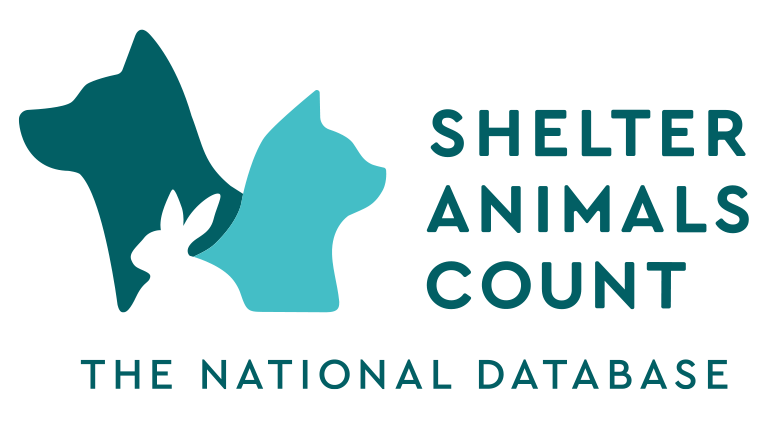Asilomar Accords & SDAWC Conditions List

What are the Asilomar Accords?
In August 2004, animal welfare industry leaders from across the country gathered in Pacific Grove, California, and agreed to gather statistics about animals served in a standardized form. The statistical guidelines they developed, known as the Asilomar Accords, serve as an important tool to consistently track the progress of reducing or eliminating the euthanasia of healthy or treatable shelter animals across the United States. This method of calculating impact is used by all shelters in the San Diego Animal Welfare Coalition (SDAWC), including San Diego Humane Society.
Since then, many of those same organizations and others put their heads together and created the Intake & Outcome Database (IOD)™ (formerly known as the Basic Data Matrix), which serves as a basis for the minimum data shelters should be collecting and reporting.
In 2011, the national organizations began a discussion around how to compile a complete picture of the animals entering and leaving shelters in the United States. The result was the formation of Shelter Animals Count: The National Database, made possible by the founding organizations that provided the funding to bring this vision forward: ASPCA, Best Friends, The Humane Society of the United States (now Humane World for Animals), Maddie’s Fund and PetSmart Charities.
What is the SDAWC Conditions List?
The San Diego Animal Welfare Coalition adopted the Asilomar Accords in 2004 — and went further to define a list of conditions to clarify what makes an animal healthy, treatable/manageable, and unhealthy/untreatable. Over the years, as lifesaving work has improved through the SDAWC shelters and area rescue groups, the conditions list has been evaluated with a focus on continuous improvement and raising the bar for even higher standards in our community. The seventh, and most recent, version of this Conditions List was established by consensus of the shelter partners in the San Diego Animal Welfare Coalition in November 2020. See the full SDAWC Conditions List here.
The conditions list is vital to our commitment of transparency and communication with our community regarding animal statistics. Each member of the SDAWC belongs to Shelter Animals Count: The National Database that tracks data in a uniform and consistent way to help communities evaluate their lifesaving work.
The effect of the Asilomar definitions is not to draw lines between animals who can and can’t be saved, but to put shelters on the same footing as their community: shelters that save all healthy and treatable dogs and cats in their care are meeting the standard of care typically provided in their own community. Shelters that go beyond this to save a portion of the unhealthy/untreatable animals are exceeding their community’s standard of care and thus setting an example of humane treatment. These shelters aren’t following their community — they’re leading them.
Staying at Zero
San Diego Humane Society is proud to have not euthanized a healthy or treatable shelter animal since 2002 — and the entire San Diego Animal Welfare Coalition was able to reach zero euthanasia of treatable shelter animals in July 2015.
But Staying at Zero is hard. Although we reached this milestone as a community in 2015, the work remains just as difficult. Collaboration between the rescue community and all San Diego shelters is vital to maintain zero euthanasia of healthy or treatable shelter animals in our community. And we need every animal lover in San Diego to help us maintain this amazing accomplishment! We need members of the community to adopt homeless animals, spay/neuter their pets, work with community cat programs, volunteer and foster to help save lives, and donate to fuel this lifesaving work.



